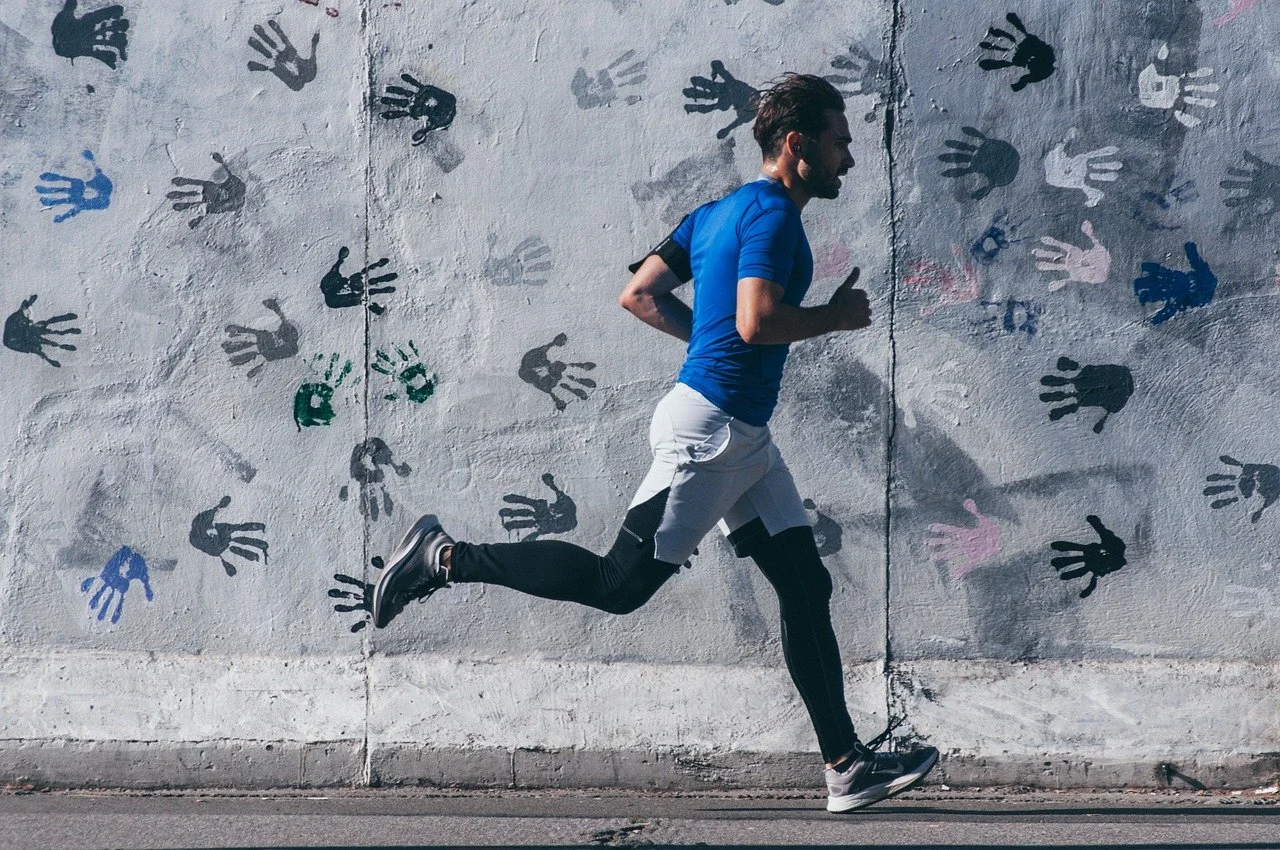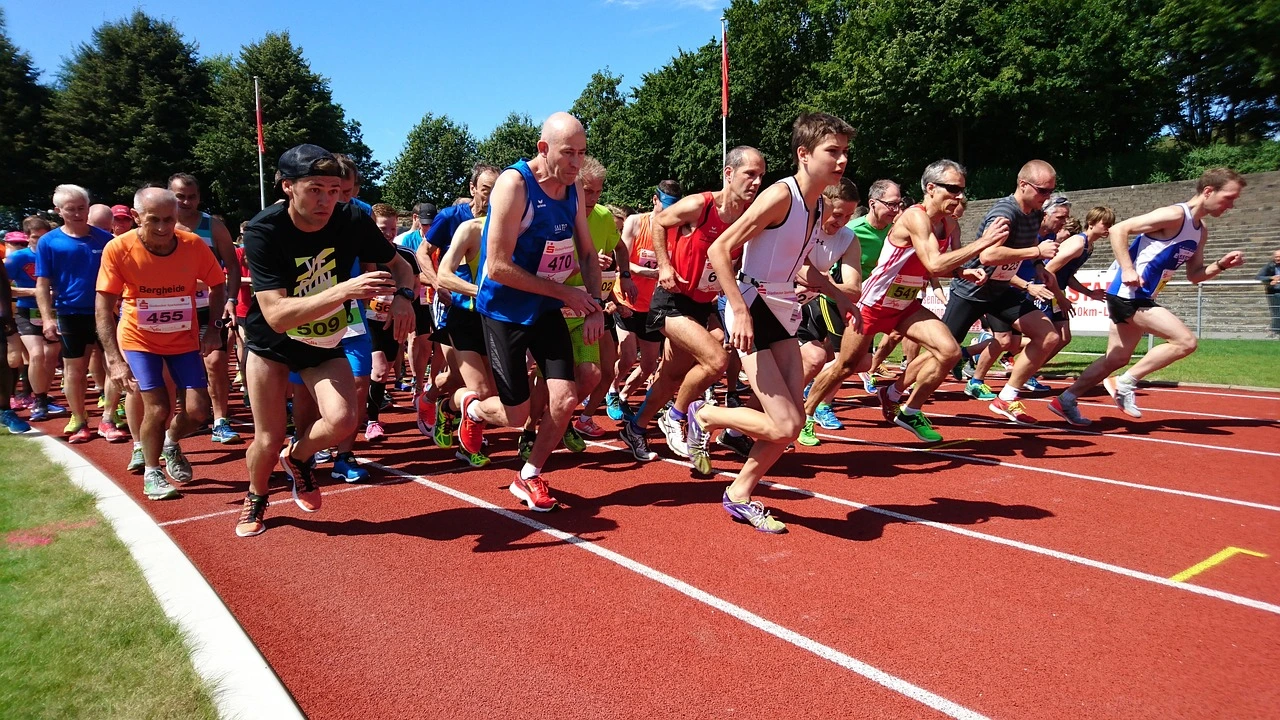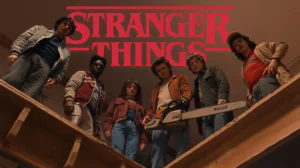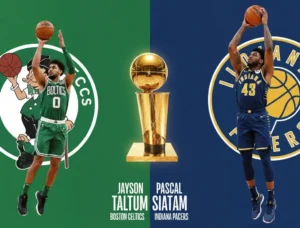Ancient Rome running was an integral part of public games and athletic contests, known as ludi, which celebrated athletic prowess, entertained the masses, and bolstered public morale. Sponsored by emperors and politicians, these events aimed to gain favor with the populace. Though ancient Roman running events may not have been as grandiose as gladiatorial combat or chariot racing, they held a unique place, reflecting both Roman athletic competition and culture and a deep connection to military values.
Ancient Rome Running Events and Distances
The Romans held various running events across different distances, each requiring unique physical abilities. Here are some of the most notable types:
- Stadion: This event was akin to today’s sprint, covering about 192 meters (or 630 feet). One of the oldest running events, it showcased speed and was among the most prestigious races.
- Diaulos: A double-length race, the diaulos covered 384 meters (or 1,260 feet), and was introduced to Roman sports festivals in 724 BC.
- Dolichos: A long-distance race, the Dolichos ranged from 1,344 meters (approximately 0.84 miles) to 4,608 meters (about 2.86 miles). Introduced around 720 BC, it tested endurance and often required a larger course.
- Race in Armor: This unique event involved athletes running 384 meters in full military gear. It emphasized both athleticism and combat readiness, blending sport with military preparedness.
Ancient Roman Running Events
The invention of running as a sport started with ancient cultures that valued strength and competition. In ancient Rome, running grew from a basic activity into a popular form of entertainment and a way to boost public spirit, with events that showed the Romans’ mix of athletic skill and military strength.
Various types of foot races were prominent in Rome, particularly at athletic festivals. Foot races, such as the stadion and diaulos, showcased athletic speed and agility, while longer distances like the Dolichos tested endurance. These competitions were often held in public spaces like the Campus Martius, where Romans gathered not only for entertainment but also to celebrate physical prowess.
The Influence of Greek Traditions on Roman Athletics
Running in ancient Rome was heavily influenced by earlier Greek traditions, especially from the Olympic Games. They adopted the stadion and diaulos from the Greeks, incorporating them into sports and entertainment in ancient Rome. By blending these events with their own military-centric culture, the Romans created a unique athletic atmosphere that valued both speed and readiness for combat.

Entertainment through Ancient Rome Running
Running races in Roman arenas provided thrilling entertainment for spectators. Venues like the Circus Maximus could hold around 250,000 spectators, offering a breathtaking backdrop for Roman athletic competitions. Although chariot races often took center stage, running events provided an accessible and enjoyable spectacle, with the ability to accommodate up to 20 athletes per race.
Notable Running Locations in Ancient Rome
Certain sites were iconic for hosting athletic competitions:
- Circus Maximus: Known primarily for chariot racing, this venue also hosted foot races, allowing the public to enjoy various sports in one space.
- Campus Martius: A crucial location for military training and athletic practice, this expansive field hosted numerous events of track and field in ancient Rome and served as a training ground for soldiers and athletes.
These venues played a critical role in making athletics in Roman entertainment accessible to all social classes, cementing the role of running in Rome’s public life.

Physical Training in Ancient Rome
Training for running events was intense and essential, especially for soldiers. Young men underwent physical training in ancient Rome to prepare for competitions and military service. Endurance, speed, and agility exercises were essential, especially for events like the race in armor that required participants to run in full gear. This race demonstrated physical prowess and was a testament to Rome’s value of military readiness.
Roman Gladiators and Running
Roman gladiators were the main attraction in ancient Roman entertainment, but running events brought a different kind of excitement. Unlike gladiators, who needed strength and fighting skills, runners showed speed, stamina, and agility. Both gladiator fights and running races were very popular in Roman games and athletic contests, but they offered different thrills. Gladiators represented bravery and the danger of combat, while runners highlighted athletic skill and discipline. This mix of events showed how much the Romans admired a variety of athletic abilities.
Running as a Sport in Roman Culture
One fascinating aspect of running as a sport in Roman culture was its inclusivity. Running events were open to participants from all social classes, allowing even lower-class citizens to compete alongside the elite. This inclusivity helped bolster the sport’s popularity and fostered a sense of unity. Running competitions were held during various Roman sport festivals and ludi, especially during religious and civic celebrations, underscoring the cultural importance of athletic ability.
Conclusion
Running in ancient Rome was not only a demonstration of athleticism but a testament to Roman ideals of strength, endurance, and readiness for battle. From grand arenas filled with thousands of cheering spectators to the training grounds of the Campus Martius, running as a form of Roman entertainment was woven into the fabric of Roman life. Though overshadowed by more violent forms of entertainment, Roman athletic competitions still hold a special place in history, showcasing the Romans’ respect for physical prowess and the cultural legacy of athletic achievement.
FAQs
1. What were the main types of running events in ancient Rome?
Ancient Rome had events like the stadion (192 meters), diaulos (384 meters), dolichos (long-distance up to 4,608 meters), and the race in armor, a military-focused race with participants running in full armor.
2. Where did running events typically take place in Rome?
Key locations included the Circus Maximus, known for its vast seating capacity, and the Campus Martius, a primary training ground and popular site for athletic contests.
3. Was running as popular as chariot racing in ancient Rome?
Although chariot racing was more iconic, running events were widely popular and made up a significant portion of athletic competitions, accounting for nearly 49% of all contested events.
4. How did the Romans incorporate military values into their running events?
The race in armor required participants to run in military gear, promoting combat readiness and athletic skill, illustrating the blend of sport with Roman martial values.
5. Did Roman running events have Greek influences?
Yes, the Romans adopted Greek races like the stadion and diaulos, adjusting them into their Roman sports festivals while adding a military element to suit their culture.












